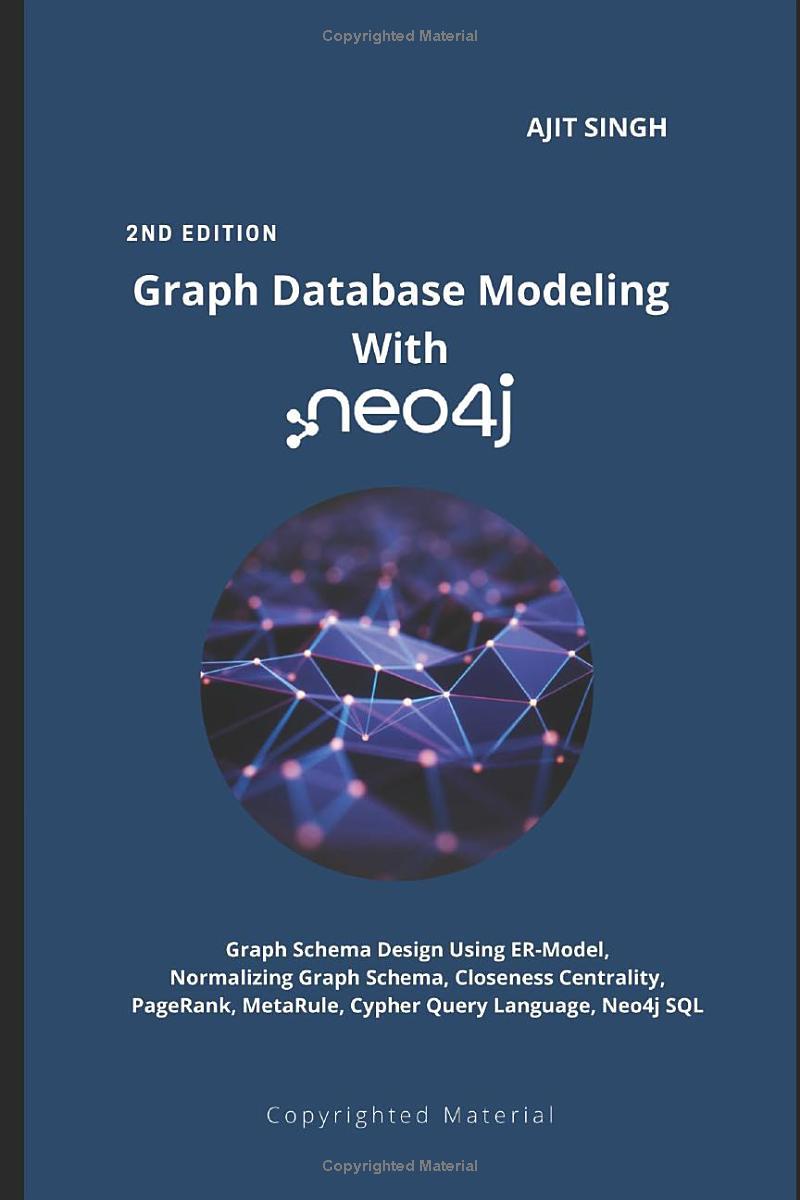Question
Consider a very simple symmetric block encryption algorithm, in which 32-bits blocks of plaintext are encrypted using a 64-bit key. Encryption is defined as C
Consider a very simple symmetric block encryption algorithm, in which 32-bits blocks of plaintext are encrypted using a 64-bit key. Encryption is defined as C = P XAND (Kl XOR Kr) where C = ciphertext; K = secret key; Kl = leftmost 32 bits of K; Kr = rightmost 32 bits of K; = bitwise exclusive or; and is addition mod 2^32. (a) Show the decryption equation. That is, show the equation for P as a function of C, Kl and Kr. (b) Suppose an adversary has access to two sets of plaintexts and their corresponding ciphertexts and wishes to determine K. Can s/he find Kl &Kr? If yes, go ahead and find; if no, explain why.
Step by Step Solution
There are 3 Steps involved in it
Step: 1

Get Instant Access to Expert-Tailored Solutions
See step-by-step solutions with expert insights and AI powered tools for academic success
Step: 2

Step: 3

Ace Your Homework with AI
Get the answers you need in no time with our AI-driven, step-by-step assistance
Get Started


